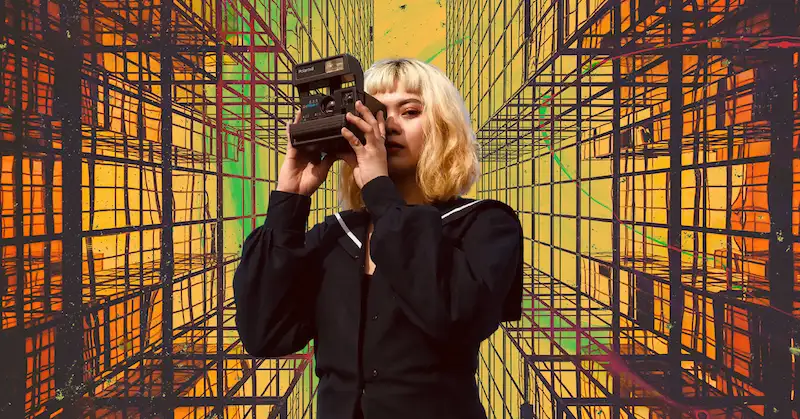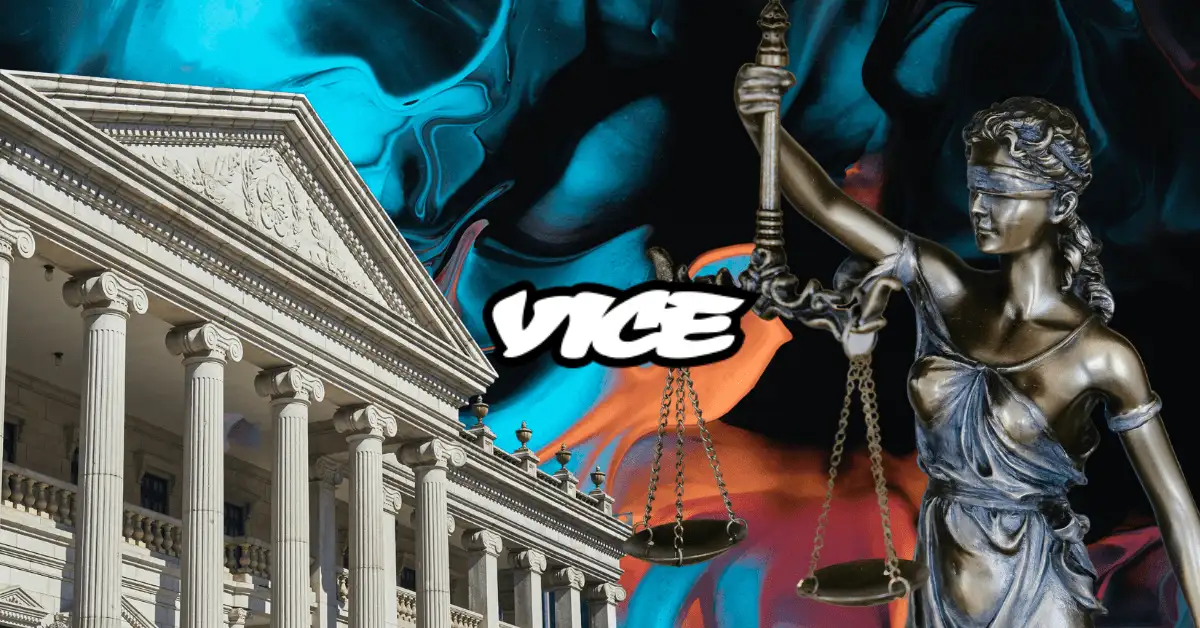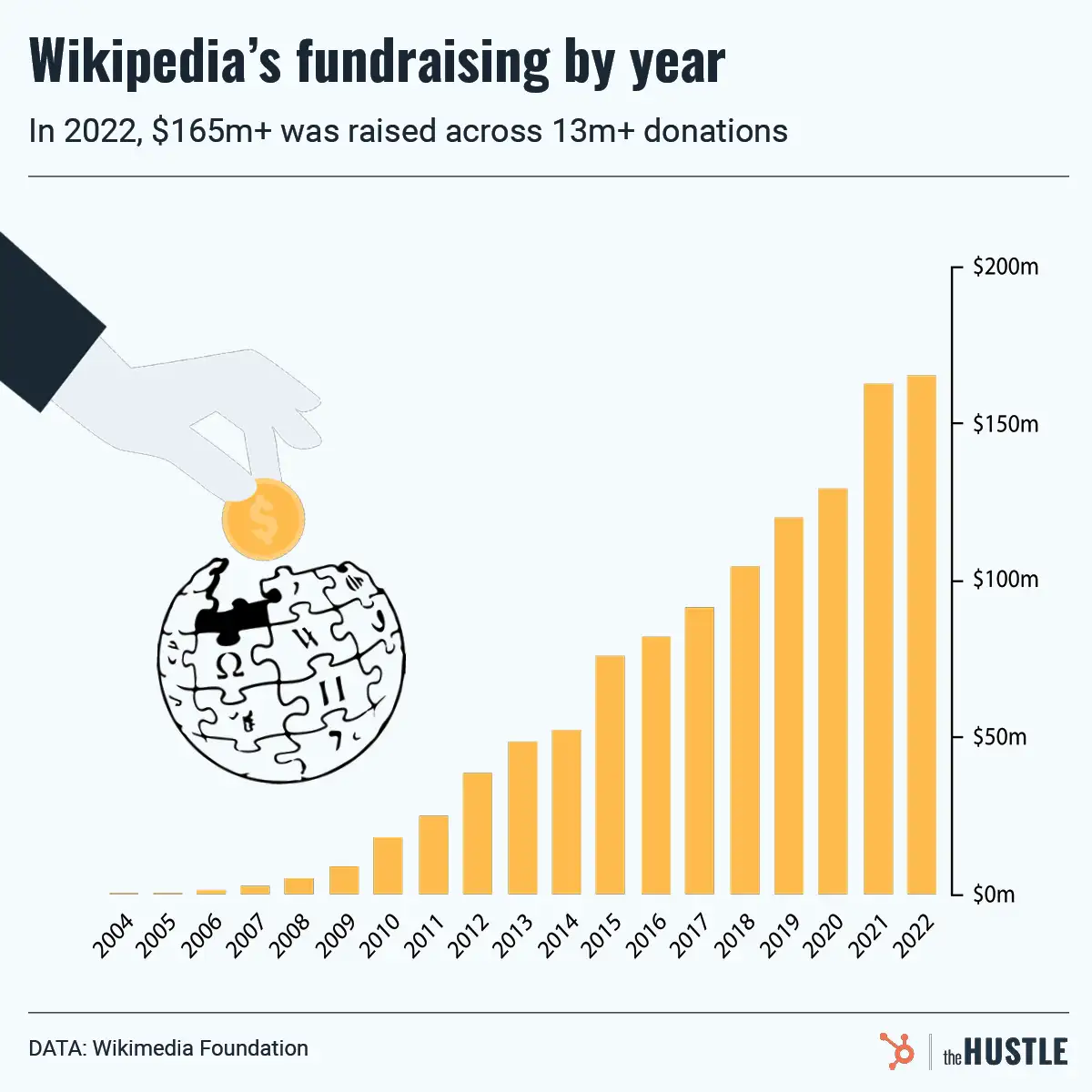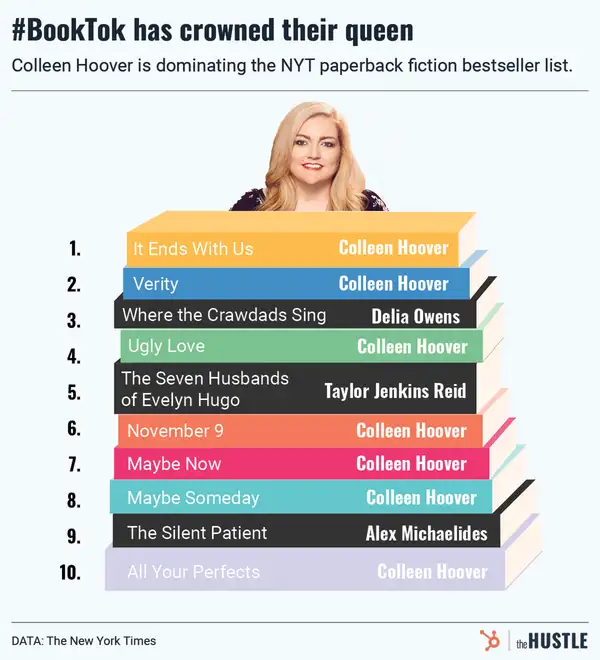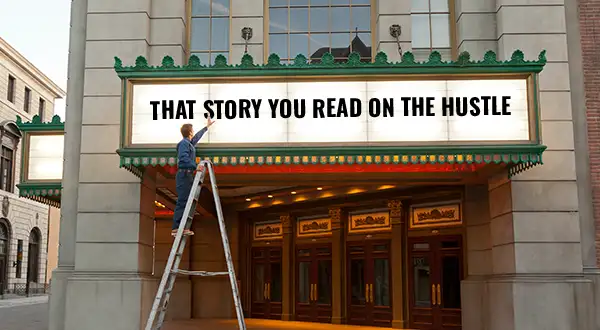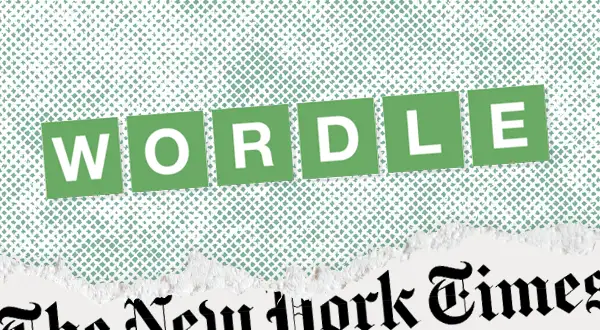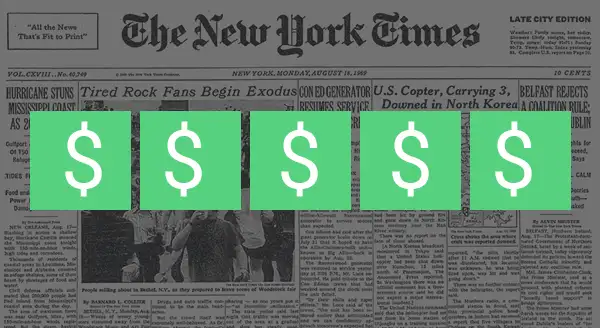Photo by Ben Pruchnie/Getty Images

If you’ve ever wanted to make a gritty heist flick starring Winnie-the-Pooh characters, now’s your chance.
Every year, a variety of previously copyrighted works enter the public domain.
This year’s drops include works from 1926, per the Center for the Study of the Public Domain, including:
- A.A. Milne’s 1st Winnie-the-Pooh book
- Ernest Hemingway’s The Sun Also Rises
- Agatha Christie’s The Murder of Roger Ackroyd
- Langston Hughes’ The Weary Blues
We’re also getting ~400k sound recordings from before 1923, thanks to the Music Modernization Act of 2018.
Public domain works can be used and shared freely
You could screen a classic film, upload a book online, or perform a piece of music without permission.
They can also be built upon, like The Tragedy of MacBeth, disco Beethoven, Pride and Prejudice and Zombies, and this Korean Dracula musical.
They can also be business opportunities
In 2019, Trends covered Alabaster, a company that sells Bibles with a millennial aesthetic. Because the Bible is public domain, you don’t have to ask permission or pay fees to print and sell it.
Public domain also applies to expired patents, which is how Hims is able to sell low-cost drugs for men.
But for decades, the public domain was frozen
Copyrights protect original works, like songs and screenplays. Over time, a copyright expires, at which point it can be renewed or allowed to lapse.
The 1st US copyright laws, passed in 1790, set a term of 14 years. But over time, it’s been extended.
Most recently, in 1998, terms changed from 50 to 70 years after an author’s death, or 95 years after publication of a corporate work – like, say, a Disney blockbuster. Disney was a major advocate for the new laws.
The changes were applied retroactively, freezing the public domain until 2019.
Fun fact: Public Domain Day is celebrated every Jan. 1 as new works open.

